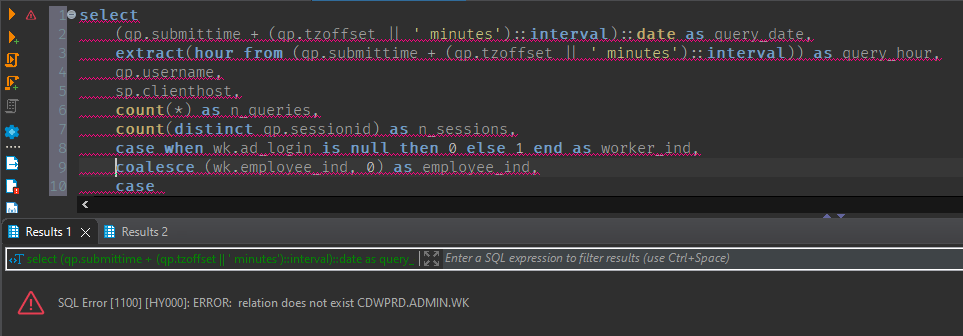Reflect on Coding Standards
26 Jun 2025“Reflect on Coding Standards” What I Learned from Fighting ESLint
Coding Standards: The Key to Success
Most people think coding standards are just arguments about spaces, tabs, or where to put a brace. That’s only part of it. Clear rules help every developer—solo or on a team—write code that’s safer and easier to read. If I could stick to just one practice, it would be using solid, consistent standards. I learned this the hard way when I first turned on ESLint in VS Code. The flood of red lines was frustrating. But fixing each warning taught me something: why certain patterns are risky, which syntax is clearer, and how the language really works. ESLint wasn’t just nagging; it was teaching.
How ESLint Changed the Way I Code
At first, I saw ESLint as a strict teacher focused on nit-picking. Over time, those warnings started to make sense. ESLint caught unused variables, reminded me to choose const over let when possible, and nudged me toward simpler functions. It forced me to think about the next person who would read my code. On a team, having shared standards removes guesswork—everyone follows the same playbook. Even when I work alone, ESLint feels like a quiet coach that helps me avoid bad habits. Looking back, the pain of fixing those early errors paid off: my code is cleaner, and I’m faster because I don’t waste time untangling messy files. Coding standards turned out to be less about style debates and more about writing code I can trust tomorrow.

